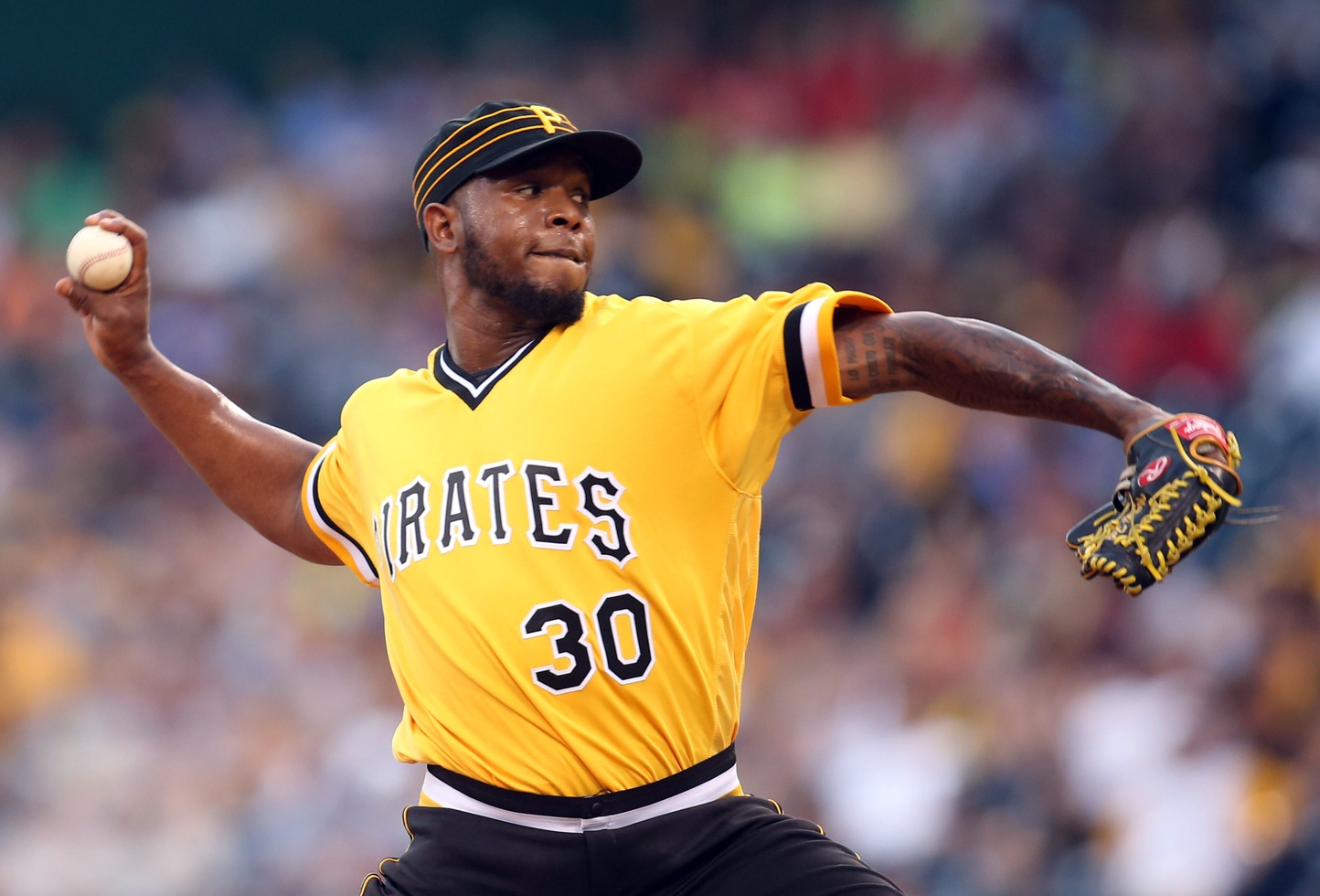When comparing a traditional five-man rotation to the six, seven, and eight-man piggyback variations, at the end of the day you’re essentially comparing two different routes to the same destination. As with most ideological battles in life, which one is “better” is a factor of several other variables.
Thinking Outside the Box:
A Bullpen for 2017
Piggyback Bullpen
One of them, as I’ve discussed through parts 2 and 3 of this series, is personnel fit. In Milwaukee’s camp, it’s difficult to say that there’s a big difference between the fifth starter and the eighth starter at this point. Distributing smaller workloads to each capable pitcher makes more sense. And the arms out in the bullpen possess the skills needed for this approach.
Another variable, as in any game of strategy, is the setup of the rest of the board. When everybody is going one direction, there’s abundant value to be found in swimming up that stream. A piggyback rotation means the Brewers are building their roster differently, so their evaluation process will differ greatly from anybody else’s. That’s a good thing because it makes finding value much easier when you’re not competing against 29 other hunters for the same prey.
And the setup of the board doesn’t just refer to the strategies employed by your opponents. It also refers to the “lay of the land,” so to speak. One of the key tenants to Moneyball, as spelled out in the book, was that on-base percentage was the cheapest way to help your team win. Nobody else had figured out its importance, so there was a market inefficiency to exploit. Today, every team is playing Moneyball, meaning that finding that edge is exponentially harder than it ever was.
It was two offseasons ago that I wrote about how spending money in the bullpen was the coming Moneyball-type edge that teams would look to exploit. And since then, the pay gap between relievers and the rest of baseball has shrunk a little, but it’s still there and there’s still value to be had.
Aroldis Chapman is a consensus top-tier reliever, even if you don’t have him #1 overall. The contract he signed this offseason with the Yankees will make him the highest-paid reliever in baseball history. Yet, compared to the rest of the game’s highest-paid players, Chapman’s $17.2m annual salary is a bargain. Clayton Kershaw is literally making double that.
For another example of how relievers still don’t stack up in value, especially to starting pitchers, take a look at the offseason trades of Wade Davis and Chris Sale. Davis had a down year in 2016, and the market for starting pitchers was historically bubbly this offseason. Regardless, both are among the top 10 players at their position that a team could target to acquire in the whole league. Sale fetched a package centered around the top prospect in baseball, whereas Davis was straight-swapped for a post-hype prospect with prodigious power but ever-present contact issues.
Over the next several years, the Milwaukee Brewers will be undergoing a transformation: turning the big-league club into a long-term contender for the first time in many, many years. Part of this transformation will include the development and promotion of the top prospects accumulated over the past two years. But that’s only half the battle. In order to summit to the championship, the front office will need to supplement those homegrown players with free agents and further trades at the big league level.
For an example of this, one need not look any further than just down I-94. The Chicago Cubs won a World Series primarily on the strength of their own homegrown talent, but Jake Arrieta and David Ross were trade acquisitions, Jon Lester and Ben Zobrist came as free agents, and so on.
Though Milwaukee’s payroll has been low over the past few years, don’t let that fool you into thinking Mark Attanasio is over his baseball team, and content to collect the revenue-sharing checks. Attanasio is a man who understands the value in not throwing money at a hopeless situation. Every ten million saved during these lean years is ten million, or more, if invested wisely in the interim, that is still around to be spent when the team needs all hands on deck to unseat the Cubs atop the division and National League.
And when those days come, the piggyback rotation a competitive advantage due to its uniqueness. It is also an advantage because the inexpensiveness of relief pitching means that teams can build a mercenary bullpen. Here, each individual pitcher has a far greater effect over the course of the season, far more cheaply than a team with the non-inverted pitching staff could put together a similarly lethal starting rotation.
With less workload going to each pitcher, it’s easier to build a piggyback rotation from internally-developed parts. If one or two of the slots needs to be filled with a free-agent body, the type of pitcher teams will be looking for is generally not going to be the expensive kind. That means spending more than other teams on your bullpen is okay, and splurging on the guys who will be handling the high-leverage situations is a common thread among all of the most recently-successful teams in baseball.
The 2015 Royals overcame every prediction and expectation en route to the World Series title in large part due to their talented bullpen corps. Last year, both the Cubs and Indians acquired an impact reliever at the trade deadline and rode him through the postseason. When you’ve got that many good relievers, the other team is essentially done scoring in the sixth or seventh inning, unless they get lucky.
By shifting the composition of their pitching staff, the Brewers could come into contention with a unique competitive advantage–and then, by targeting multiple elite relievers through trades and free agency, they could maximize their chances of finishing this rebuild by bringing multiple championships home to Milwaukee.
